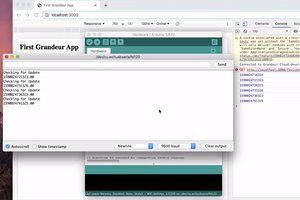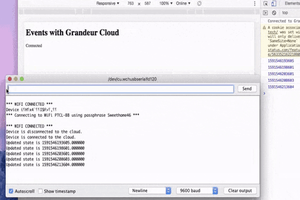The RainCloud module has two parts, a valve controller which run on 4xAA battery and an RF transmitter which connects to a router by Ethernet. The RF transmitter can connect to up to two Valve Controller and 1 humidity controller. The goal of this project is to run the RainCloud locally and control it using my domotic controller (Home Assistant running on a Raspberry PI).
Steps for this project will be:
1) Reverse-engineer the protocol used between the cloud and the RainCloud RF transmitter
2) Build a service that can mimick the cloud
3) Point the device to the internal service
 Jean-Philippe Jodoin
Jean-Philippe Jodoin




 Sylwester
Sylwester
 Grandeur
Grandeur
 Roman V
Roman V
DIY cheap, wifi irrigation timer using NodeMCU. Two zones can be controlled and monitored from a web page hosted on the device. Could be expanded to many zones.
https://hackaday.io/project/171942-two-zone-wifi-water-timer